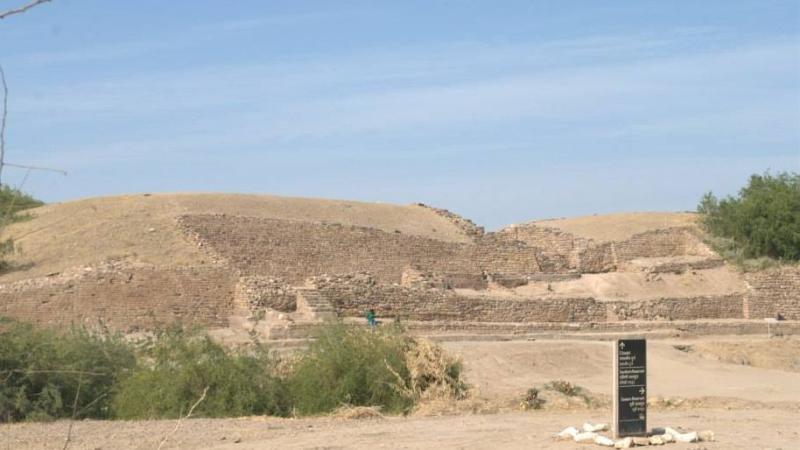
An International team, including scientists from Indian Institute of Technology-Kanpur (IIT K), Imperial College London, UK, Technical University of Denmark, Denmark and others, with a new study, has shown that the Indus valley civilization developed on a dried river bed, long after the river had deviated to a new course.
In 2008, the Kosi embankment of river Kosi, one of the largest tributaries to the Ganges, broke, causing the river to flow along a new channel, abandoning the old one. This phenomenon, where the river abruptly abandons a channel to flow along a new or an older channel is called river avulsion. Conventionally held beliefs suggest that many ancient civilizations grew along active river channels, like river Nile and Indus. Once river avulsions diverted the river, civilizations too abandoned old channels and followed the active river, it was thought. However, the new study suggests that, Indus urban settlements developed along the paleochannel or abandoned river valley of river Sutlej, after the river had already deviated to its present-day channel.
Urbanism in Bronze-age Indus civilization can be traced to five large settlements or cities, dating back 4.6 to 3.9 thousand years. Although believed to have started along the banks of the active river Indus, many of the Indus settlements are found far from present day rivers.
For their study, the researchers focused on the Ghaggar- Hakra region, particularly the paleochannel, an ancient river channel, in the region. The scientists used remotely sensed optical imagery and Synthetic Aperture Radar, a type of radar used to produce two or three-dimensional images of landscapes as well as a technique called optically stimulated luminescence dating of the sand grains, to accurately establish the time period around which the avulsion of river Sutlej took place. The data suggests that Sutlej started flowing in its present-day channel around eight thousand years ago, around three thousand years before the development of the larger Indus settlements.
The study not only paints a more accurate picture of history, with a clearer picture of the birth of the mighty Indus valley civilization, but also challenges conventionally held beliefs that civilizations grew along active rivers, and often moved when the river changed its course.





